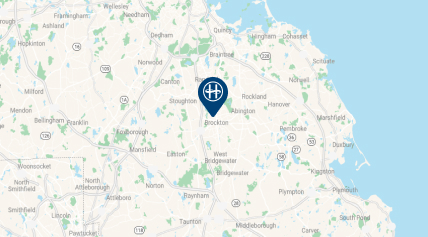Rotator Cuff Tears
A rotator cuff tear is a common cause of pain and disability among adults. Each year, almost 2 million people in the United States visit their doctors because of a rotator cuff problem.
Your arm is kept in your shoulder socket by your rotator cuff. The rotator cuff is a group of four muscles that come together as tendons to form a covering around the head of the humerus (upper arm bone).
There is a lubricating sac called a bursa between the rotator cuff and the bone on top of your shoulder (acromion). When the rotator cuff tendons are injured or damaged, this bursa can get pinched and become inflamed and painful (Bursitis or Impingement Syndrome).
Tear Types
There are different types of tears:
Acute Tear
If you fall down on your arm or lift something too heavy, you can tear your rotator cuff. This type of tear can occur with other shoulder injuries, such as a dislocated shoulder.
Degenerative Tear
Most tears are the result of wearing down of the tendon. This occurs slowly over time. This degeneration naturally occurs as we age. Rotator cuff tears are more common in the dominant arm. If you have a degenerative tear in one shoulder, there is a great likelihood of a tear in the opposite shoulder -- even if you have no pain in that shoulder.
A torn rotator cuff will often weaken your shoulder. This means that many daily activities, like combing your hair or getting dressed, may become painful and difficult to do.
The most common symptoms of a rotator cuff tear include:
It should be noted that some rotator cuff tears are not painful. These tears, however, may still result in arm weakness and other symptoms.
Early treatment can prevent your symptoms from getting worse. It will also get you back to your normal routine that much quicker. The goal of any treatment is to reduce pain and restore function. There are several treatment options for a rotator cuff tear, and the best option is different for every person. In planning your treatment, your doctor will consider your age, activity level, general health, and the type of tear you have.
Nonsurgical Treatment
In about 90% of patients, nonsurgical treatment relieves pain and improves function in the shoulder.
Nonsurgical treatment options may include:
Surgical Treatment
Your doctor may recommend surgery if your pain does not improve with nonsurgical methods. Surgery to repair a torn rotator cuff most often involves re-attaching the tendon to the head of humerus. This is accomplished with sutures sewn into the surrounding tissue or with anchors. Surgical anchors are like screws with sutures attached at the head which allow the surgeon to sew the tendon back to the bone. Your orthopedic surgeon will discuss with you the best procedure to meet your individual health needs.
The tendons can be reattached to the humerus while the surgeon looks directly at the tear through an open wound or while using a camera through small incisions (arthroscopic repair).
Regardless of the fashion of repair, surgery for rotator cuff tears involves a lengthy recuperation. The recovery is based upon the size and age of the tear as well as the age and health of the patient. Often it will involve a month in a sling, a month regaining range of motion and a month regaining strength. Your recovery is regularly supervised by a physiotherapist with instructions from the surgeon.
